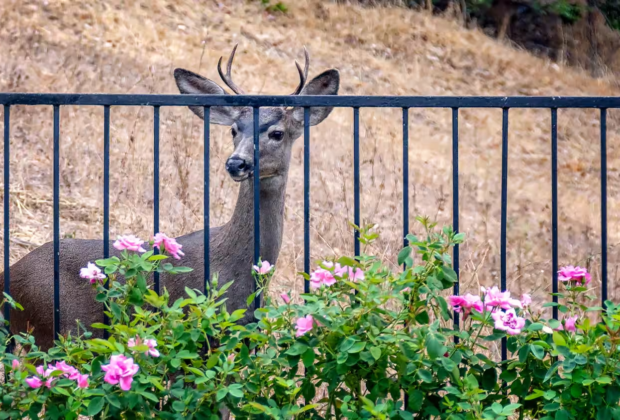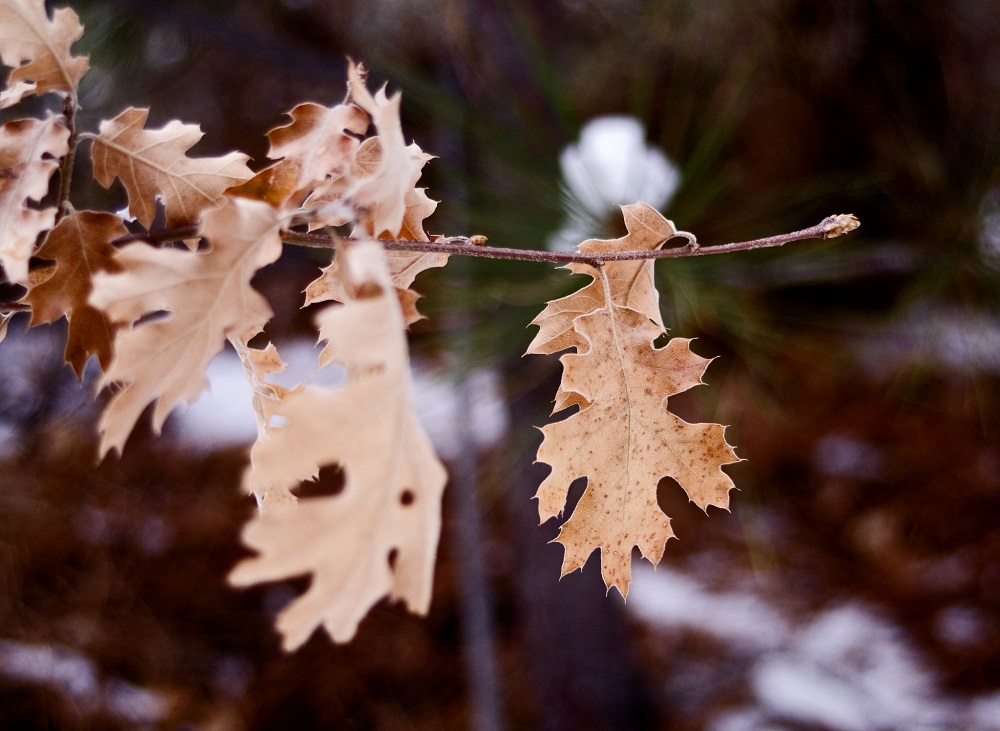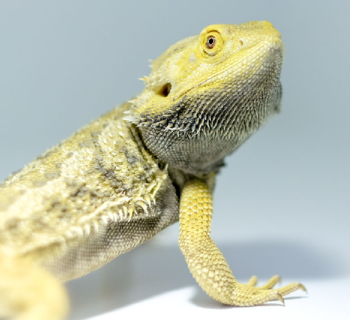Deer were introduced into Australia during the 1800s and now exist in both farmed and wild populations. Whether for containment on farms or exclusion from certain areas, Waratah fencing offers Australian-made solutions tailored to local requirements. With dedicated garden deer fence options that are widely available, the most suitable fencing solutions can be provided to meet specific needs.
Exclusion of deer
Deer were initially introduced to Australia from Europe in the 1860s as a game animal. Since then, their populations have rapidly expanded, spreading across various regions in Australia.
Wild deer pose significant threats to agriculture and the environment, as they can damage crops, exert excessive grazing pressure, transmit diseases to livestock, and degrade water quality in creeks and rivers. Erecting an exclusion fence is a crucial step in mitigating these risks. However, the effectiveness of such a fence depends heavily on the quality of materials used.
Deer as livestock
Incorporating deer farming alongside traditional livestock farming can offer lucrative opportunities, whether it involves selling antler velvet, venison, or breeding for hunting purposes.
However, successfully raising deer as livestock can be challenging, with proper fencing being paramount. Some states mandate specific fence heights and types to securely contain deer, ensuring compliance with legal requirements.
Timber Post Fencing
Advantages:
- Timber posts offer sturdiness, durability, and high visibility for fencing purposes.
- They are aesthetically pleasing and can blend well into natural surroundings.
- Generally, timber posts are long-lasting, providing durability over time.
Disadvantages:
- Timber posts can become brittle if subjected to repeated charges, leading to cracking and breakage.
- Variations in timber quality may result in weak points within the fence structure.
- Regular maintenance is required to prevent deterioration and breakage.
- Deer may cause damage by rubbing their antlers against timber posts.
- Installation of timber posts demands time, machinery, and can be challenging in rocky terrain.
- Timber is susceptible to burning in fire-prone conditions, necessitating proper disposal methods, which can incur costs.
Steel Fencing Systems
Advantages:
- Steel posts offer a balanced combination of strength, flexibility, visibility, and security, allowing for easy straightening if bent from regular use.
- Lower installation costs, requiring fewer people and no heavy machinery, leading to time and labor savings.
- Less rigid than other materials, steel posts are resistant to cracking and breakage, ensuring durability.
- Deer rubbing against steel posts will not cause wear, enhancing longevity.
- Steel fencing is less susceptible to damage in bushfires.
- Various accessories can enhance the strength, flexibility, visibility, and security of steel fences.
- Using a complete steel fencing system ensures stronger fences compared to mixing different components.
Disadvantages:
- Poorly manufactured wire and posts may lead to structural issues and breakages.
- Steel posts can bend if aggressively charged by deer, potentially allowing them to jump the fence; however, bent posts can usually be straightened.
- Deer may get caught in the wire, potentially damaging attachment points.
Conclusion
When considering fencing options for deer exclusion or containment, it's crucial to weigh the benefits and drawbacks of different materials. While timber posts offer aesthetic appeal and durability, they require regular maintenance and can be susceptible to wear and damage from deer activity. On the other hand, steel posts provide strength, flexibility, and longevity, with lower installation costs and reduced risk of breakage. By carefully evaluating these factors and choosing the right fencing materials based on specific needs and conditions, farmers and landowners can effectively protect their crops, livestock, and property from the challenges posed by deer populations.













